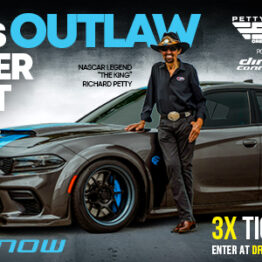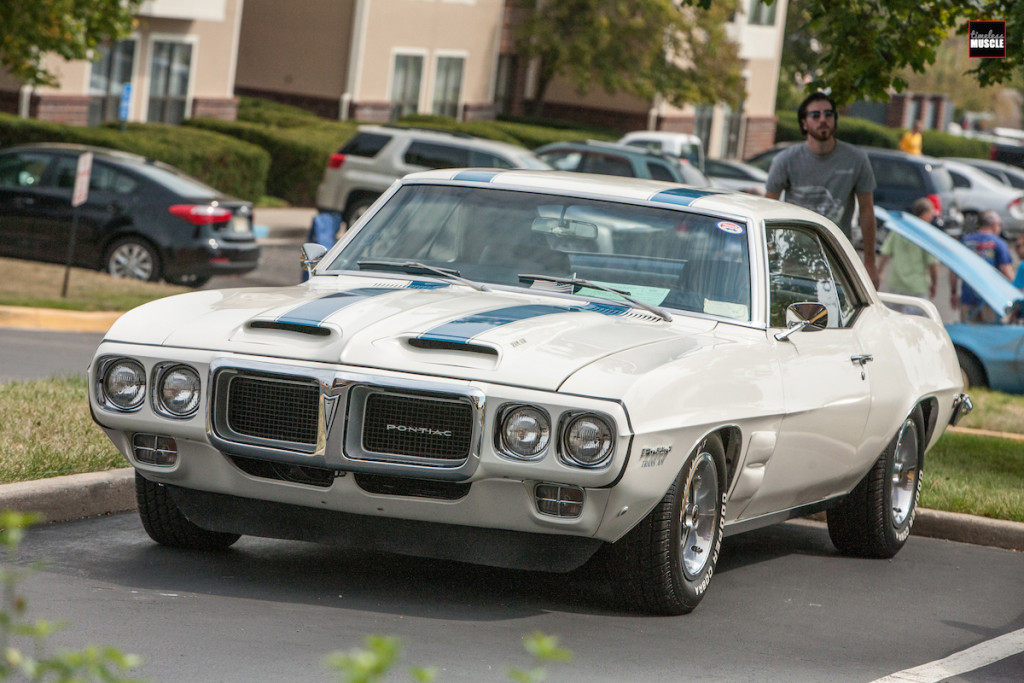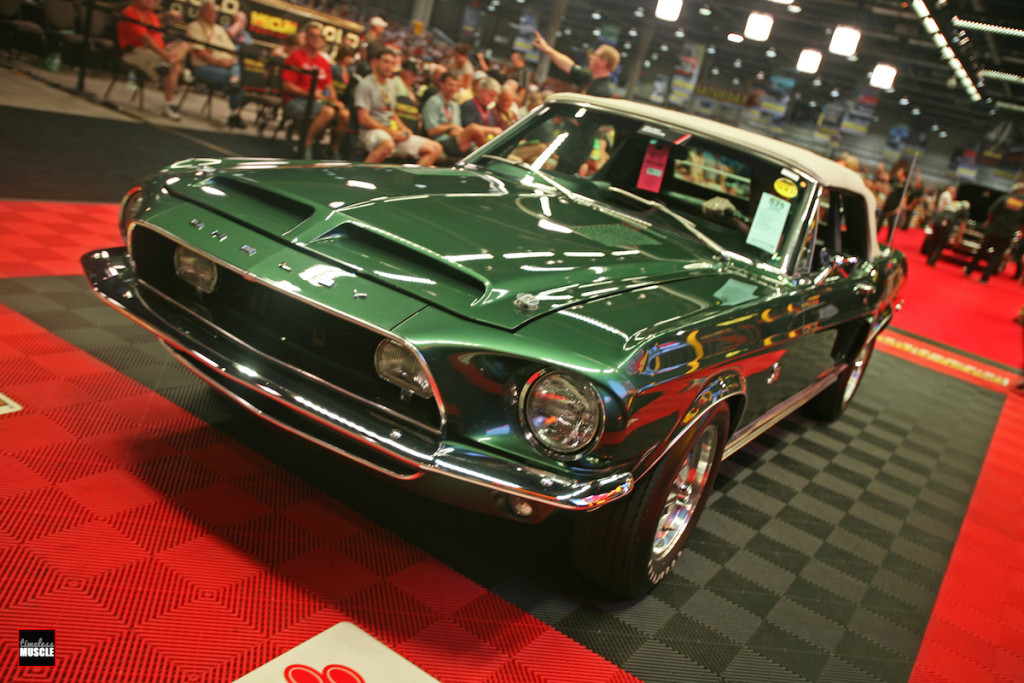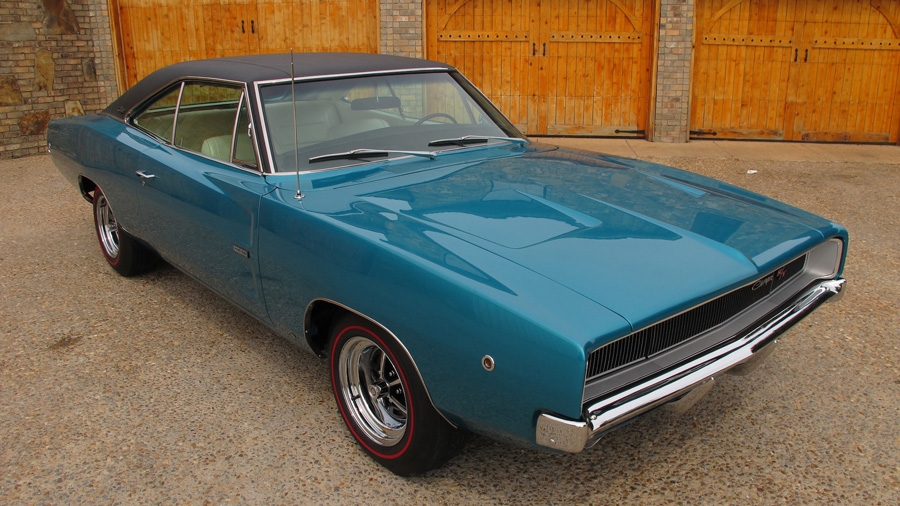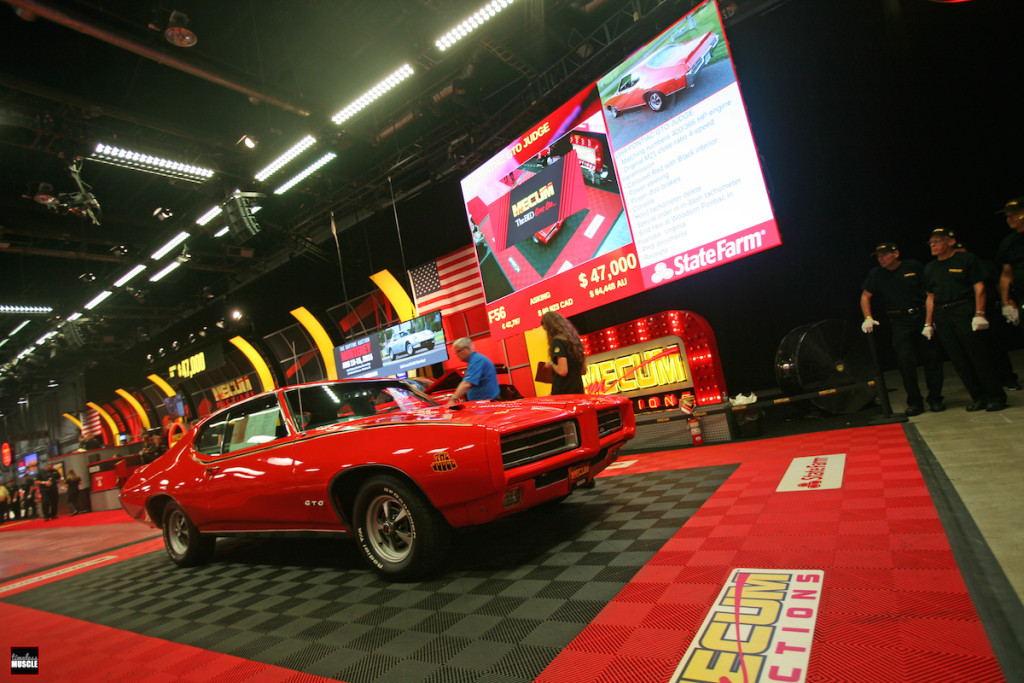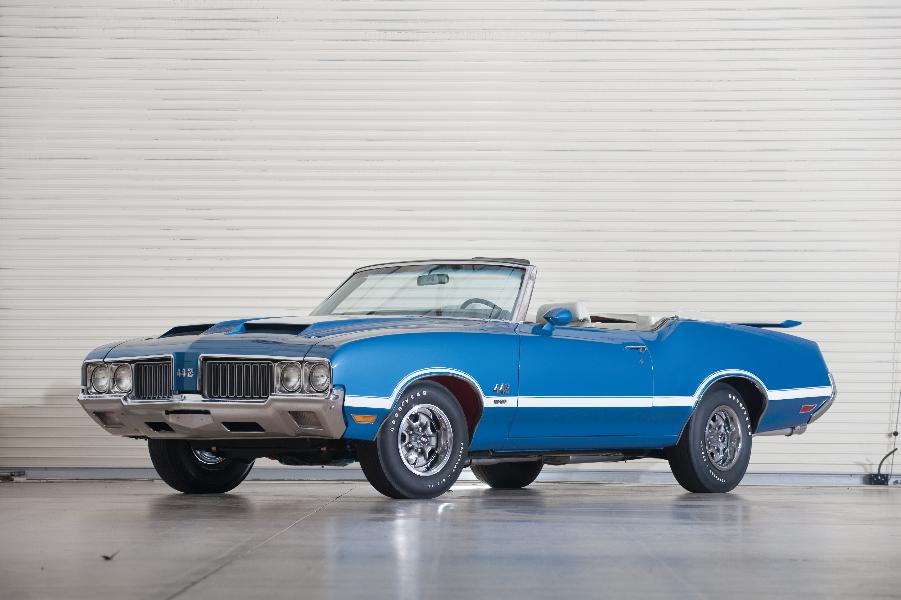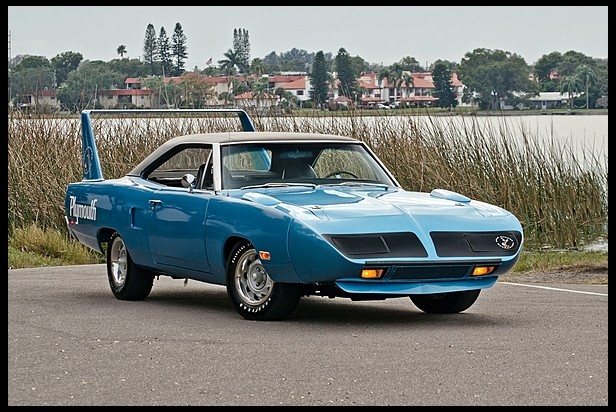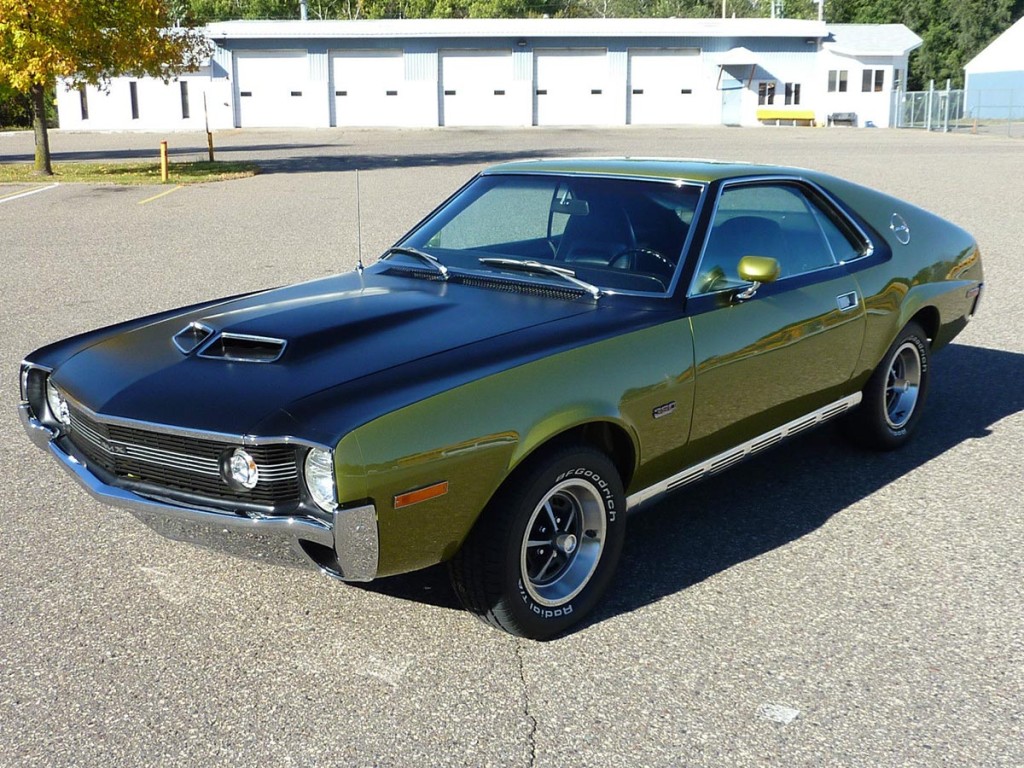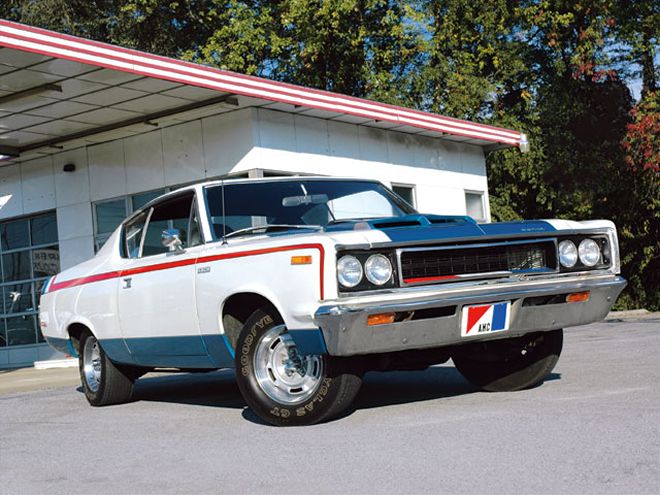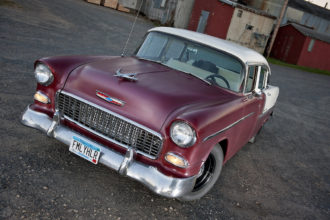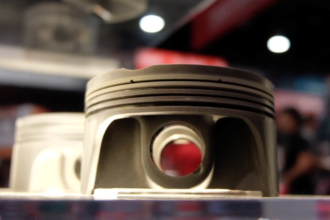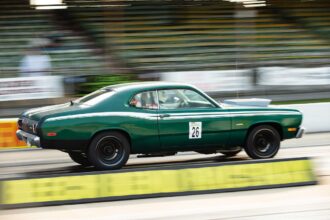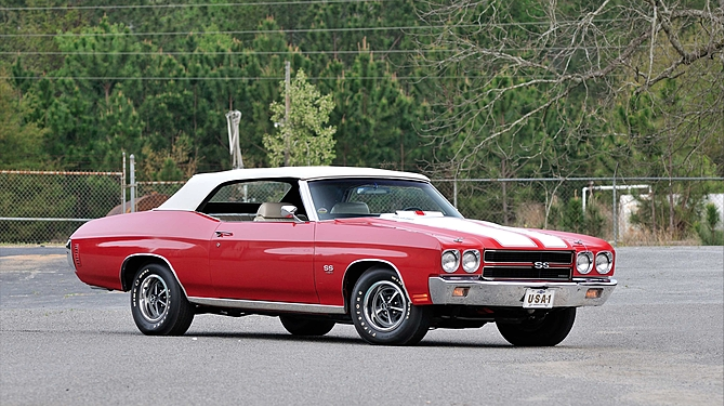
photos by: the author and Mecum Auctions
Timeless Muscle’s Editor Picks His Top Ten Classic Musclecars
We all have one; that list of cars you wish you could get your hands on. Whether or not you ever will is another story, but deep down, there’s a burning desire – no, wait, let’s call it a “lust,” of a specific breed of animal that is on your shortlist of dream cars to own.
I’ve been lucky and have acquired a few of my own along the way, some of which are currently sitting out in my garage, quietly, as I type this. There are other cars I’ve really wanted, even managed to own along the way, but had to cut loose for one reason or another – that’s just the way it goes sometimes.
Then there are many, many others I have on my bucket list, spanning all eras, brands and even from other countries. But for the sake of time and the length of this story, I’ve decided to narrow them down to my top ten classic muscle picks. Besides, this is Timeless Muscle Magazine, after all.
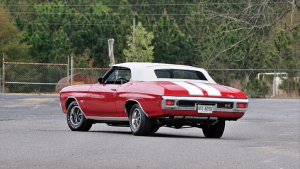 1970 Chevy Chevelle SS LS-6: Considered to be among the top echelon of musclecars during their Golden Age, the 1970 Chevelle SS offered everything from timeless good looks, a wide selection of powerplants and the available 450 hp BBC. With its quarter-mile performance achieved in the low-13 second time bracket – quick enough to compete with mainstream pony cars of today – there’s no denying its status among musclecar aficionados.
1970 Chevy Chevelle SS LS-6: Considered to be among the top echelon of musclecars during their Golden Age, the 1970 Chevelle SS offered everything from timeless good looks, a wide selection of powerplants and the available 450 hp BBC. With its quarter-mile performance achieved in the low-13 second time bracket – quick enough to compete with mainstream pony cars of today – there’s no denying its status among musclecar aficionados.
1969 Pontiac Trans Am: What’s not to like? The Firebird’s third model year brought with it the coveted Trans Am nameplate that would live on through the car’s final model thirty-five years later. Only 697 Trans Am’s were built for the inaugural year, with eight copies being droptop examples. Dressed only in white with twin blue racing stripes covering the hood, roof and trunk lid, you would be a standout amongst mere mortals in their assorted colored Firebirds.
1968 Ford Shelby GT500KR: Admittingly, the Mustang probably isn’t my favorite pony car of all time, but whenever they landed in the hands of Carroll Shelby, all bets were off. To me, it doesn’t matter the year or even the powerplant that resides under the hood when it comes to a Shelby – they’re all special. But the ’68 GT500KR is the ultimate in my mind. KR stinging for “King of the Road,” its 428 Cobra jet packed a very underrated 335hp under the hood.
1968 Dodge Charger R/T HEMI: The second-generation Charger is easily the most popular of them all, and while many might steer towards the ’69 or ’70 versions, there’s something about the 1968 car that I prefer. Maybe it’s the open grill with a subtle front bumper, round taillights and the smaller chrome trimmed side markers? Or maybe its the Bullitt connection. Whatever it is, it’s sitting proudly at the number four spot on this list. Whether its powered by a 383, 440 or the mighty 426 HEMI, I’m game. But bonus points for the hemispherical headed behemoth!
1969 Pontiac GTO Judge: The GTO was probably the most popular musclecar of the era; with product placement coming from TV shows (Bewitched, The Monkees, et al.) pop songs and movies, there was just no getting away from the car – just about everybody owned one or knew somebody who did. When it came time for Pontiac to build an “ultimate GTO” they turned to a pop-culture TV show Laugh-In for the car’s namesake; The Judge. Offered in various colors with bold striping and a groovy rear spoiler, The Judge offered everything the young Baby Boomer wanted in a performance car at the time.
1970 Olds 442 W-30: Oldsmobile may be gone, but it’s certainly not forgotten. Whether it’s the Hurst/Olds Cutlass or the 442 you lust after, the big motor/small car formula never worked as well as it had in the 442. In 1970, the internal 400+ cubic inch ban was lifted at General Motors and you were finally able to order a non-Hurst designated Cutlass from GM. Check the W-30 option gave you a rear spoiler, fiberglass ram air induction hood, aluminum intake manifold, low-restriction air cleaner, freer flowing heads, a higher-lift camshaft, a larger carburetor and more efficient distributor. Being the ’70s, you also received special striping and badging.
1970 Plymouth Superbird: When the Superbird first hit the streets in the Fall of ’69, many were put off by the obvious rear wing and front nose cone. Of course you could say that the pumped up Road Runner in which it was based (hence its name, super bird) offered the perfect starting point. The idea behind the Superbird (and its winged cousin, the Charger Daytona) was to make the Chrysler B-bodies more aerodynamic and competitive on the banked corners of NASCAR racing. They succeeded so well in their mission, that both cars were banned the following year!
1970 Buick GSX: When a run of the mill Skylark wouldn’t do, nor would a fairly common GS variant, the GSX was the pinnacle of brutish Buick styling and performance in the early 1970s. Living on for only there model years from ’70-72, and as a decal package on the ’74 Apollo, the Skylark GSX was available in a fees choice colors and with only a 455 cubic-inch plant under the hood. Order the Stage 1 package and over-the-counter Stage 2 hardware from Buick, and you’d be the king of your town!
1969 AMC AMX: You could argue that the pony-car like bodied early AMX was more sports car than musclecar. But doesn’t the large displacement/small bodied car formula apply to the Corvette, too? If so, the AMX should make the cut. Being among the lightest of them all, the first-generation AMX had a weight advantage. pair it with the Go Packlage and the 390 ci. powerplant pumping out 325 hp and this one was a hot little number!
1970 AMC Rebel Machine: packing the most powerful engine ever offered in an AMC product, the one-year-only Rebel Machine arrived to the party with the AMX’s 390 ci. mill with 340 hp on tap. Not the fastest musclecar ever by any means, this cult classic unicorn came in (mostly) white with red/white/blue striping. However, it’s been reported that they were available in other colors as well. For ’71, the Rebel was replaced by the Matador and there was a 401ci. “Machine” option available, but to me, the 1970 version is where it was at!

Rick Seitz is the owner and founder of AutoCentric Media, the parent company to Timeless MuscleCar Magazine, and has a true love and passion for all vehicles. When he isn’t tuning, testing, or competing with the magazine’s current crop of project vehicles, he’s busy tinkering and planning the next round modifications for his own cars.

